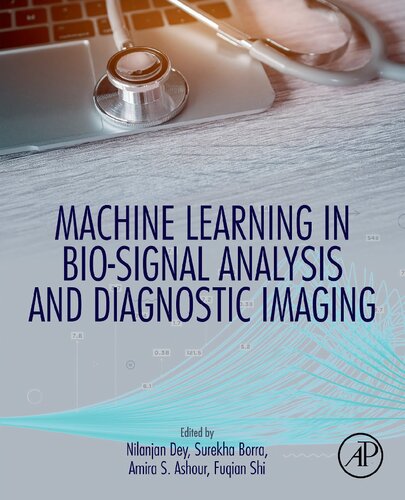

Most ebook files are in PDF format, so you can easily read them using various software such as Foxit Reader or directly on the Google Chrome browser.
Some ebook files are released by publishers in other formats such as .awz, .mobi, .epub, .fb2, etc. You may need to install specific software to read these formats on mobile/PC, such as Calibre.
Please read the tutorial at this link. https://ebooknice.com/page/post?id=faq
We offer FREE conversion to the popular formats you request; however, this may take some time. Therefore, right after payment, please email us, and we will try to provide the service as quickly as possible.
For some exceptional file formats or broken links (if any), please refrain from opening any disputes. Instead, email us first, and we will try to assist within a maximum of 6 hours.
EbookNice Team

Status:
Available5.0
30 reviewsMachine Learning in Bio-Signal Analysis and Diagnostic Imaging presents original research on the advanced analysis and classification techniques of biomedical signals and images that cover both supervised and unsupervised machine learning models, standards, algorithms, and their applications, along with the difficulties and challenges faced by healthcare professionals in analyzing biomedical signals and diagnostic images. These intelligent recommender systems are designed based on machine learning, soft computing, computer vision, artificial intelligence and data mining techniques. Classification and clustering techniques, such as PCA, SVM, techniques, Naive Bayes, Neural Network, Decision trees, and Association Rule Mining are among the approaches presented.
The design of high accuracy decision support systems assists and eases the job of healthcare practitioners and suits a variety of applications. Integrating Machine Learning (ML) technology with human visual psychometrics helps to meet the demands of radiologists in improving the efficiency and quality of diagnosis in dealing with unique and complex diseases in real time by reducing human errors and allowing fast and rigorous analysis. The book's target audience includes professors and students in biomedical engineering and medical schools, researchers and engineers.